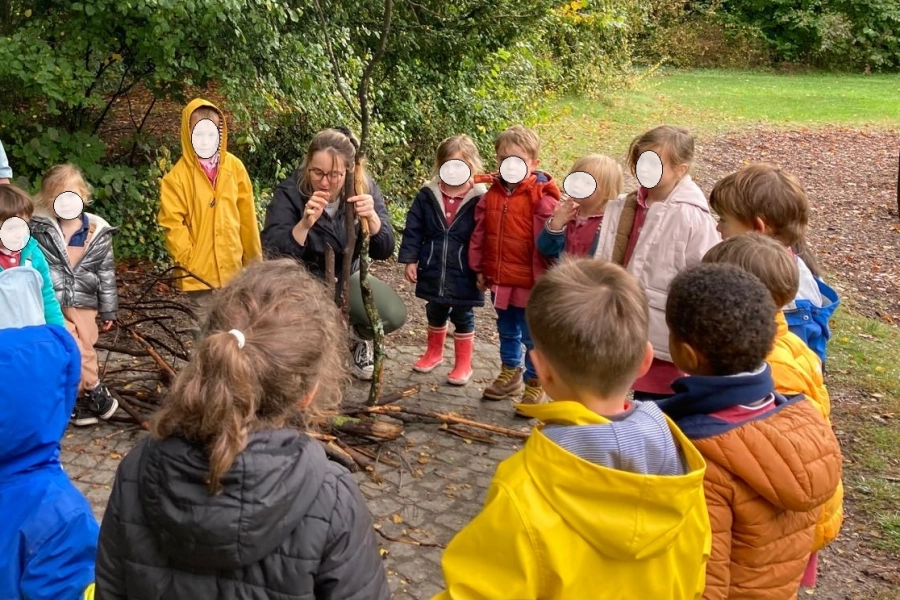


The importance of learning basic skills in theory and practice in bilingual nursery and primary schools
Bilingual education in nursery and primary schools has grown significantly in recent years. This teaching method gives pupils the opportunity to learn two languages while integrating fundamental knowledge.
What are the benefits?
Definition and role of core skills
What do we mean by core skills? It's the essential knowledge that every pupil needs to acquire in order to succeed at school and integrate into society. It includes :
- Language skills: mastery of the mother tongue and an international foreign language.
- Mathematical skills: understanding basic mathematical concepts.
- Scientific and technical knowledge: introduction to science and technology.
- Artistic skills: expression through the visual arts, music and dance.
The importance of fundamental knowledge
Learning these skills from an early age is crucial to a child's cognitive and social development. It fosters :
- The development of critical thinking: fundamental knowledge encourages pupils to question and analyse their environment.
- Communication skills: mastering several languages facilitates interaction and cultural exchange.
- Open-mindedness: exposure to different cultures and languages enriches the student's view of the world.
Advantages of theoretical and practical learning
Theoretical learning is based on acquiring knowledge through studying, reading and listening. In a bilingual school, this includes :
- An understanding of linguistic structures: learning the rules of grammar and vocabulary in both languages.
- The acquisition of abstract concepts: in maths and science, pupils explore notions that require abstract thinking.
- Practical learning is based on experience.
This includes :
- Hands-on activities: scientific experiments, role-playing, handicrafts that enable pupils to put into practice what they have learned.
- Learning through play: games are an effective way of learning at this age, stimulating commitment and motivation.
Complementarity of the two approaches
Combining theoretical and practical learning helps to :
- Reinforce learning: theory and practice help each other, making learning more solid.
- Improve retention of information: students retain concepts better when they are applied in real-life situations.
- The impact of a bilingual environment on learning
Learning in a bilingual environment stimulates cognitive functions, improving :
- Concentration: switching from one language to another requires increased attention.
- Cognitive flexibility: students learn to adapt their thinking to different linguistic and cultural contexts.
Linguistic fluency
Students in a bilingual environment develop a better command of both languages, including :
- Vocabulary growth: exposure to different languages broadens their lexicon.
- Better pronunciation: early exposure to several languages improves their ability to reproduce sounds and structures.
The role of culture in learning
Bilingual schools not only teach languages, they also transmit cultures. This enables pupils to :
- Understand and appreciate other cultures: bilingual education exposes them to diverse traditions, histories and perspectives.
- Develop empathy: knowing about other cultures helps them to understand and respect differences.
Motivation and commitment
Integrating culture into learning increases student motivation. They are more inclined to get involved when their education is linked to cultural elements that interest them.
Conclusion
The theoretical and practical acquisition of basic knowledge in bilingual schools has many advantages. It develops solid language skills and fosters critical thinking, open-mindedness and cultural empathy.


